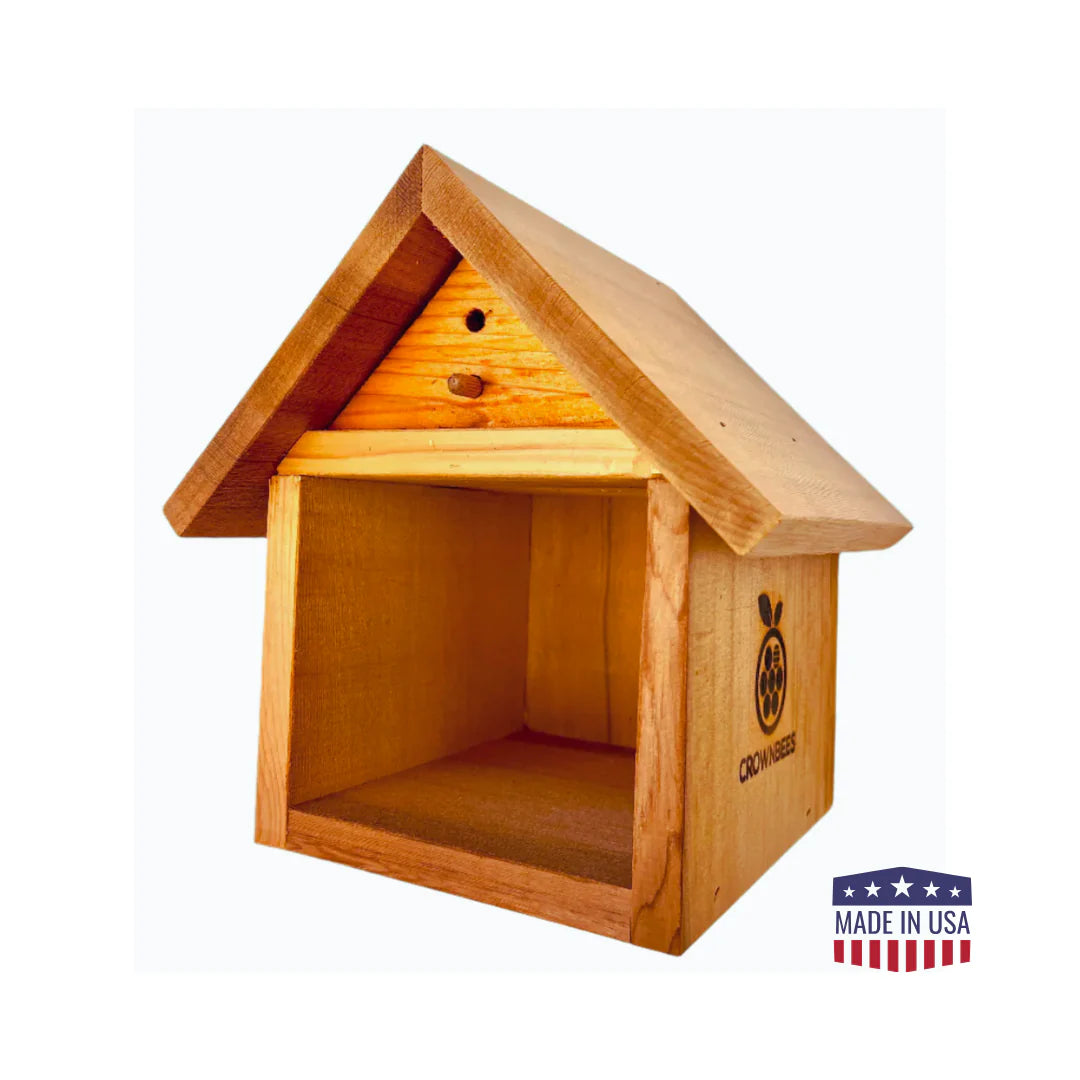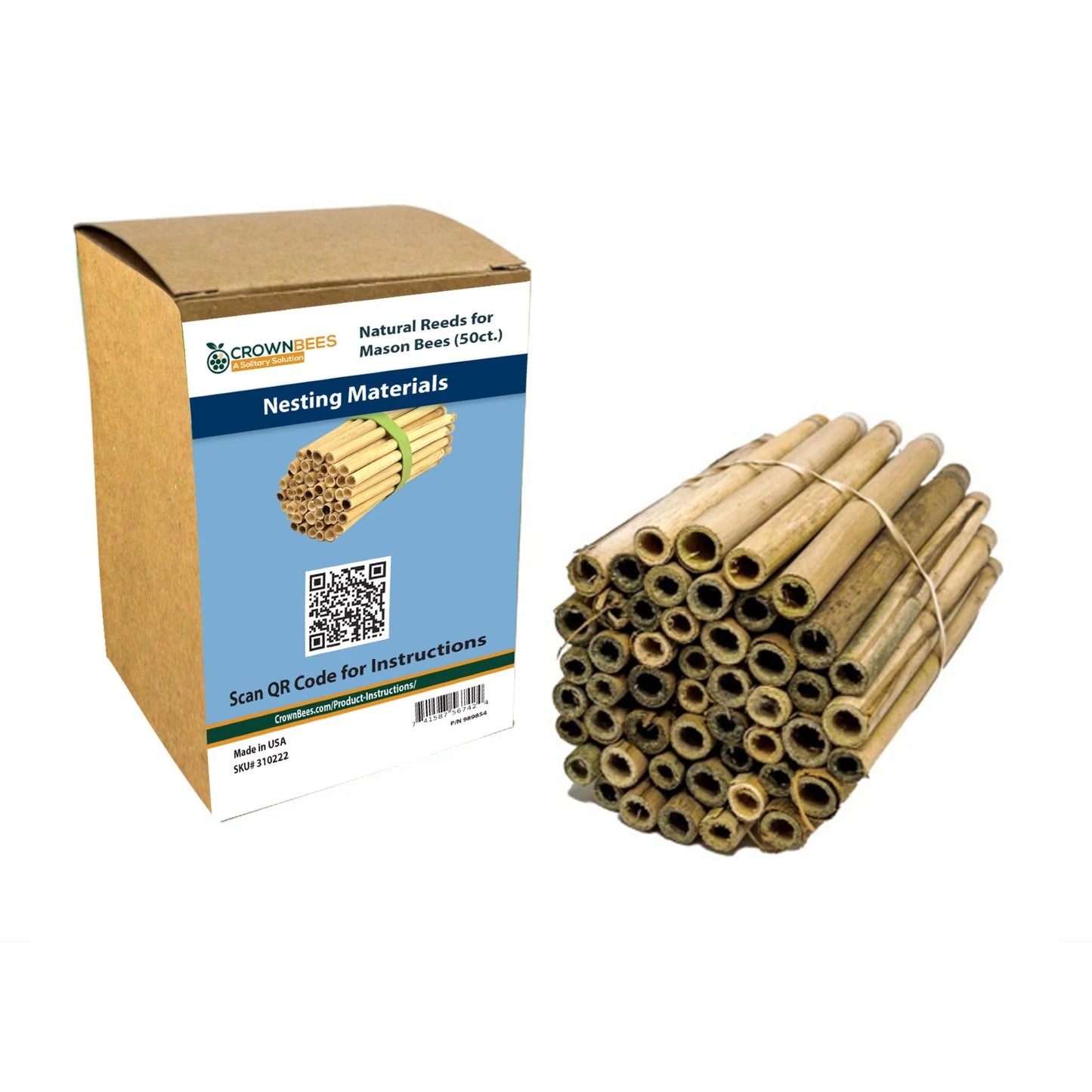
Many bee raisers want to learn how to identify the bees that visit their yards and gardens. But, with over 4,000 species of native bees in North America, plus the non-native species that have been introduced, it can be challenging to identify bees down to the species level.
Even if we look only at leafcutter bees, the task can be daunting! About 242 species of leafcutter bee are native to North America, plus the alfalfa leafcutter bee (Megachile rotundata) that has been established in North America for its agricultural services.
While we might not be able to identify down to species level, there are some common characteristics that the genus Megachile (leafcutter bees) share that can help you pick out the leafcutter bees from the other insect pollinators in your yard and garden.
Keep in mind that the following characteristics are general and slight variations between leafcutter bee species are common.
Common Characteristics of North American Leafcutter Bees
- Most North American species are approximately the size of the common honey bee; males are noticeable smaller than females, have a more rounded abdomen, and longer antennae.
- Leafcutter bees are dark in color with light bands on their abdomen. Females have black eyes, while males have green eyes.
- Leafcutter bees have large scissor-like jaws to cut and gather leaves, flower petals, and resin to construct their nests.
- All female leafcutter bees have parallel rows of pollen-collecting hairs, called the scopa, on the underside of their abdomen. When a bee is carrying pollen, the underside of the abdomen appears yellow or gold in color. Only female leafcutter bees have a scopa - males do not help transport pollen back to the nest and do not need these specialized hairs.
Despite having a stinger, female leafcutter bees are not aggressive and rarely sting, even when handled. The sting is also much less painful than that of a honey bee. As a result, beekeepers do not need any special protective equipment when working with mason bees. Male leafcutter bees do not have a stinger!

Helpful Identification Tools
If you'd like to dive deeper into identifying the bees in your yard, here are some great resources to help you along the way.
- Crown Bees has a great selection of books and bee identification guides to help you learn the bees in your backyard!
- Discover Life is a free online tool to help identify species, track the impact of climate change, and participate in research projects.
- Bug Guide is an online community of naturalists who collect photos of insects from the United States and Canada for identification and research. They also summarize findings in guide pages for each order, family, genus, and species.
- Exotic Bee ID, a website created through a collaborative effort between the U.S. Department of Agriculture's Agricultural Research Service (ARS) and Animal and Plant Health Inspection Service (APHIS) and Utah State University (USU) can help bee enthusiasts identify non-native bees in the United States. Some exotics, such as Osmia cornifrons, have been naturalized and commonly pollinate farms and orchards. However, it is still crucial for researchers to understand their distribution and abundance.
Exotic Bee ID is designed primarily as a screening tool for those who monitor and intercept non-native bees coming into this country, such as people working at ports of entry, state agriculture departments, and university extension services. However, it is also set up to be used by growers, hobbyists, and homeowners—that is, essentially anyone interested in identifying bees. Access to the website is free.
Where Our Leafcutter Bees Come From
At Crown Bees, we currently only work with the alfalfa leafcutter bee.
The alfalfa leafcutter bee (ALCB) was introduced into North America from Eurasia in the late '30s. The ALCB is now naturalized across North America and is the perfect pollinator for summer blooms. Don't let the name fool you; alfalfa leafcutter bees are generalists that visit many different types of flowers.
Check out Where Our Leafcutter Bees Come From to learn more about where we source our alfalfa leafcutter bees.


